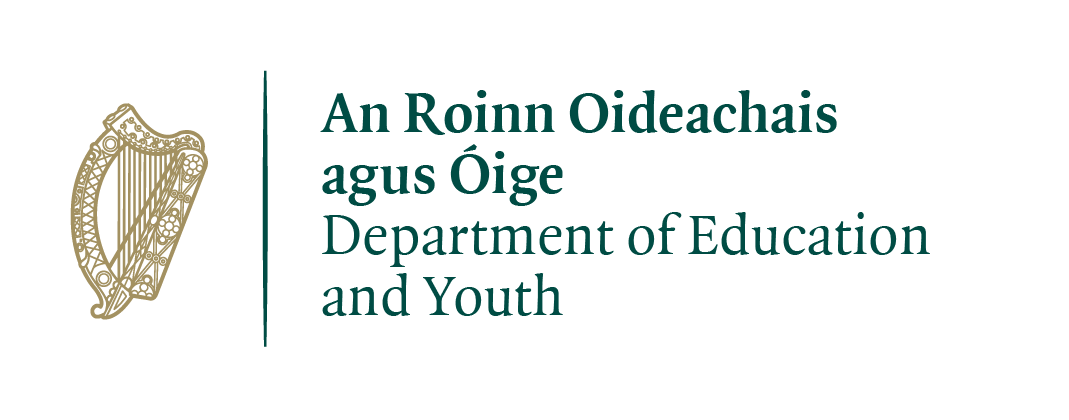How to fact check information online
It’s important to be media literate enough to be able to fact check information online if you are spending time on social media

The internet is a valuable information resource, but this does not mean that everything on it is true. In fact, there is a lot of false information, such as incorrect information (misinformation) and deliberately false information (disinformation), online. This is sometimes also called fake news.
If you’re online or using social media, it’s essential to know how to spot what’s real and what’s not. That’s part of media literacy: being able to understand and think critically about what you see, read, or hear, especially in posts, videos, or news stories. You can find out more about media literacy by checking out Media Literacy Ireland, an organisation that promotes media literacy.
The internet moves fast, so you might find yourself not spending a lot of time analysing the things you read or see online. It is easy to scroll past something without thinking twice. This can cause you to come away with an inaccurate view of a situation, which in turn can inaccurately inform your view of the world.
How to fact check information online
This guide gives you simple tips to help you double-check information and figure out what you can actually trust.
Don’t trust things just because they sound convincing
False or misleading information often spreads because it looks or sounds believable. Someone might speak with confidence, write well, or edit a slick video, but that doesn’t mean they’re right.
Similarly, some websites can be made to look like trustworthy sources by stealing logos from other companies, or using graphic design that looks authentically like a news outlet.
It is important to not let the surface details alone make you feel like you can trust certain information. People who deliberately spread false information are often aware that they can influence people by using details like tone of voice or appearance.
Consider potential bias
Bias means someone has a reason to see or present a situation in a certain way. Spotting bias helps you figure out how trustworthy the info really is.
Determining bias is really important in helping you determine how trustworthy information is.
For example, a shampoo company might put out an article saying their shampoo is the best on the market. They have an obvious bias because they stand to make money from people believing that statement is true.
Similarly, an influencer might do a haul of their favourite products and include products that they are paid to promote. This does not necessarily mean the influencer is lying, but it raises questions about whether they are biased towards certain products because they have been paid to talk about them.
The possibility of bias alone does not mean something is false, but it should make you question what you are hearing and seek out more information.
‘Who benefits’ and independent organisations
A good starting question to ask yourself when trying to figure out if a source is biased is ‘Who benefits from me believing this?’ For example, a country’s government might benefit from denying they have done something.
This should encourage you to seek out independent and well-respected organisations, such as the United Nations, human rights organisations like Amnesty International.
Academics or lecturers from respected institutions with relevant qualifications and credentials are also good candidates for finding information.
How to evaluate sources
If someone refers to a study or an article online, they should provide their source. This could mean providing a link to where they got their information or putting the name of the study or resource they are using. You can also reverse image search images on sites such as Google to see where they have originated from.
If someone says something online and doesn’t provide a source, this should make you question whether they can be trusted. This does not mean that someone is trying to lie; it could just be that they themselves are believing false or incomplete information. If they won’t provide the source when asked, this should also make you question how trustworthy they are.
Check how reliable sources are
Once you find out what source someone is using though, you should ask yourself how trustworthy that source is. There are a few different ways to do this.
Some news sources, such as the Irish news outlet The Journal, provide a regular fact checking service that involves them investigating social media claims to confirm whether they are true. Other websites such as Snopes.com are dedicated specifically to fact checking online claims.
Watch out for cherrypicking
‘Cherrypicking’ is when people use incomplete information to skew how a situation looks to suit their claim. This can be done both intentionally and unintentionally.
People can also use sources but cherrypick which details to discuss. This is why finding the source is important; you can compare what someone has said with what the source says and see whether they left anything out, misrepresented or twisted any information.
If someone doesn’t provide a source, you can use a search engine yourself to check it. You can do this by using whatever information they provided. For example, if someone says in a video “A report in The spunout Times says that John Smith bought a new hat on 15 May”, you could search “John smith hat spunout Times 15 May” and see what results appear. If the report exists, you should be able to find it using this information.
If you read the original report, you might find out more context. To use the same example, the report might say “John Smith went to the store on 15 May to return a pair of shoes and used store credit to purchase a hat”. What the video said wasn’t a lie, but it also didn’t provide the full story.
Taking the time to double check information will help you better understand the things you hear, see and read.
Need more information, advice or guidance?
We offer information, advice and guidance about the issues that matter to you. Our online Youth Information Chat service is for 16 to 25 year olds and is available Monday to Friday, 4pm to 8pm (excluding Bank Holidays).






